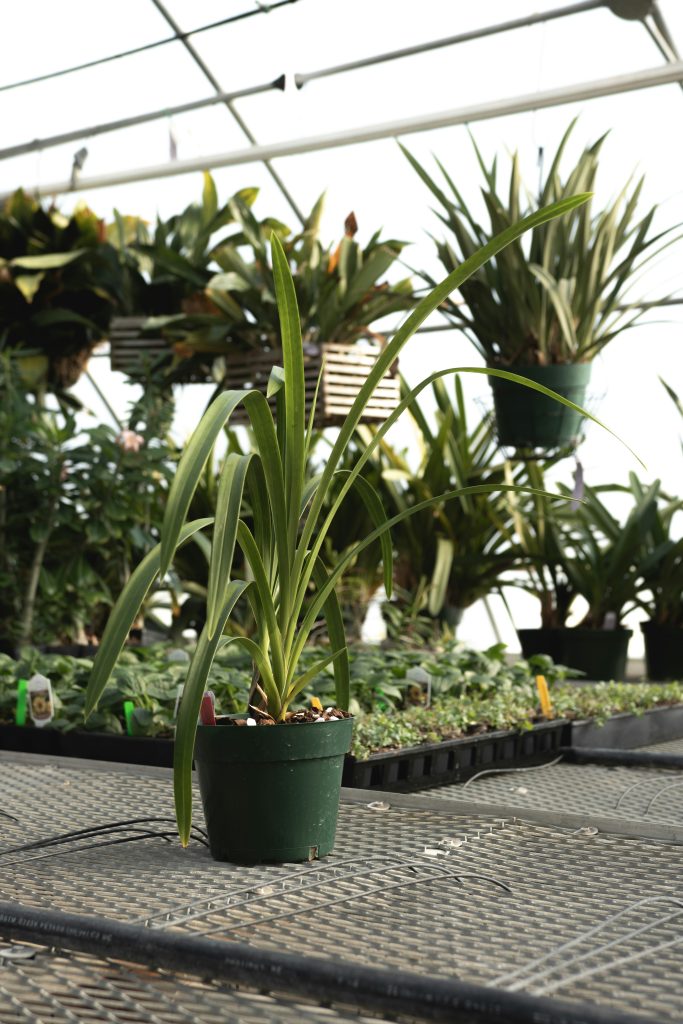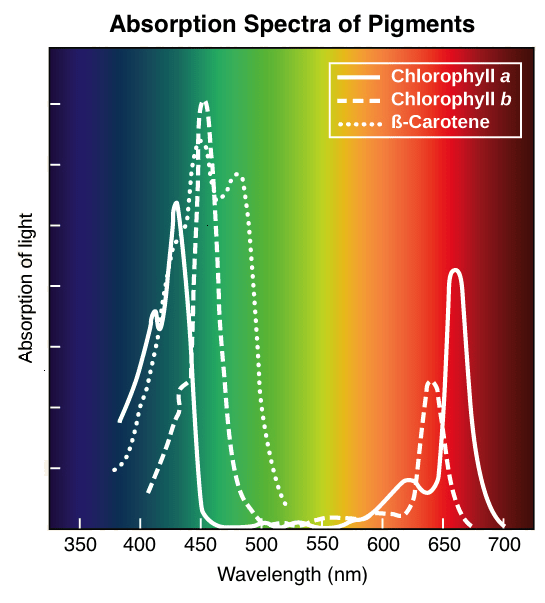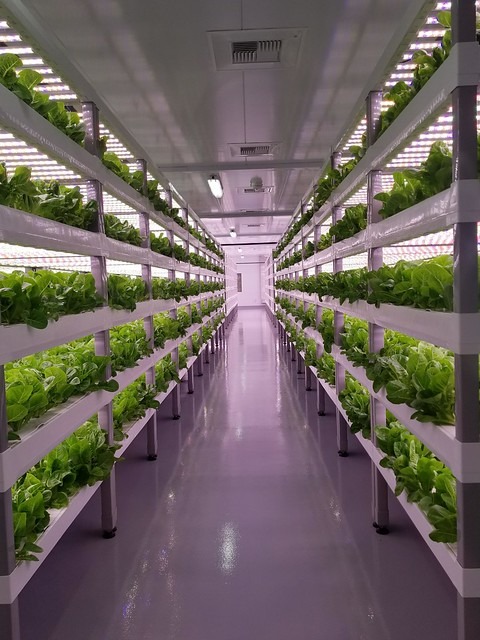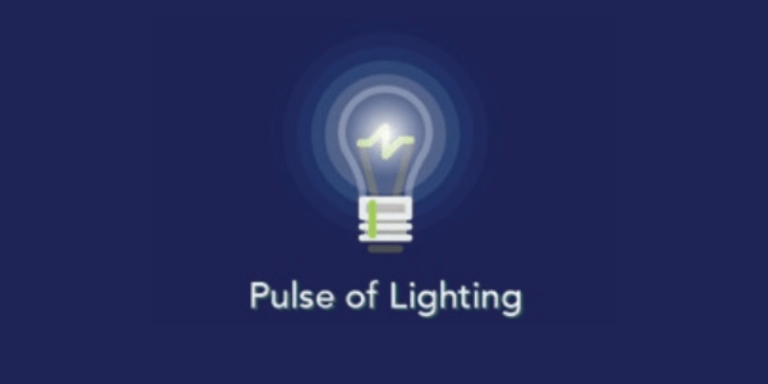Horticulture Lighting – “It isn’t all Cannabis!”

By Dañiel R. Luna-Fuller
Diverse Applications of Horticultural Lighting
Horticultural lighting is a versatile tool that finds applications in a wide range of agricultural endeavors. While cannabis cultivation often garners significant attention in discussions about horticultural lighting, it’s essential to recognize horticulture lighting’s broader impact across various sectors. From traditional crops like tomatoes and lettuce to niche markets like microgreens and medicinal herbs, horticultural lighting plays a pivotal role in optimizing growth conditions and improving yields.
And, it’s a growing niche within the overall lighting market!
Broadening Horizons: LED Lighting Across Agricultural Industries
LED lighting has revolutionized the way growers approach indoor farming, offering energy-efficient, customizable solutions that cater to the specific needs of different crops. In recent years, there has been a notable shift towards LED lighting in both controlled environment agriculture (CEA) and traditional farming practices. This transition is driven by factors such as the declining cost of LED technology, its longevity compared to traditional lighting sources, and the ability to precisely control light spectra and intensity.
Tailored Solutions for Every Crop

Each crop has its unique requirements concerning light spectrum, intensity, and photoperiod. For example, leafy greens like lettuce and spinach thrive under blue-dominant spectra, which promote compact growth and vibrant foliage. On the other hand, flowering plants such as tomatoes and peppers benefit from a combination of blue and red wavelengths during vegetative growth, transitioning to a broader spectrum that includes far-red during flowering to stimulate fruit development. Understanding these nuances is crucial for horticultural lighting designers and providers to tailor their solutions and products to suit the specific needs of each crop.
Image by: Illuminar Lighting
Supporting Agricultural Innovation
The adoption of horticultural lighting has spurred innovation across the agricultural sector, driving advancements in vertical farming, greenhouse management, and sustainable agriculture practices. Vertical farming, in particular, has seen significant growth in recent years, fueled by advancements in LED technology and automation systems. By stacking crops vertically in controlled environments, growers can maximize land use efficiency, conserve water, and reduce the environmental footprint of food production.

Photo credit: Oasis Biotech
In addition to conventional farming methods, horticultural lighting has also facilitated the emergence of alternative growing systems such as aquaponics and aeroponics. These soilless farming techniques leverage the precise control offered by LED lighting to optimize plant growth while minimizing resource inputs. For example, in aquaponic systems, fish waste serves as a nutrient source for plants, creating a symbiotic relationship that maximizes resource utilization and crop yields.
The Impact of Horticultural Lighting on Tomato Production… More Production, Higher Profits
To illustrate the tangible benefits of horticultural lighting, let’s consider a case study focused on tomato production. A greenhouse in a northern climate region faced challenges with inconsistent sunlight during the winter months, leading to reduced tomato yields and quality. To address this issue, the greenhouse implemented supplemental LED lighting tailored to the specific light requirements of tomatoes. By strategically deploying LED fixtures equipped with a spectrum optimized for photosynthesis and fruit development, the greenhouse was able to maintain consistent yields year-round, regardless of external weather conditions. Not only did this result in higher-quality tomatoes, but it also allowed the greenhouse to extend its growing season and increase overall profitability.
Conclusion
In conclusion, horticultural lighting represents a transformative force in modern agriculture. Offering tailored solutions that cater to the diverse needs of growers across various crops and cultivation methods can differentiate specifiers, contractors, and manufacturers.
From traditional greenhouse operations to cutting-edge vertical farms, LED lighting has become indispensable in optimizing plant growth, enhancing crop quality, and increasing yields.
As the agricultural landscape continues to evolve, horticultural lighting will remain at the forefront of driving innovation and shaping the future of food production.
Dani Luna is the President of Luna Lighting. As a progressive lighting designer, Luna is committed to innovation and sustainability. We help growers have access to advanced lighting solutions that empower them to cultivate healthier, more abundant crops year-round.
About the author:


Dañiel R. Luna-Fuller is the business owner of Luna Cultivation Consultants and Luna Lighting, a project-based design service that focuses on photometric layouts. Luna Lighting will assist with project energy audits and help find a solution that will allow for energy rebates through local utilities. Find more here









